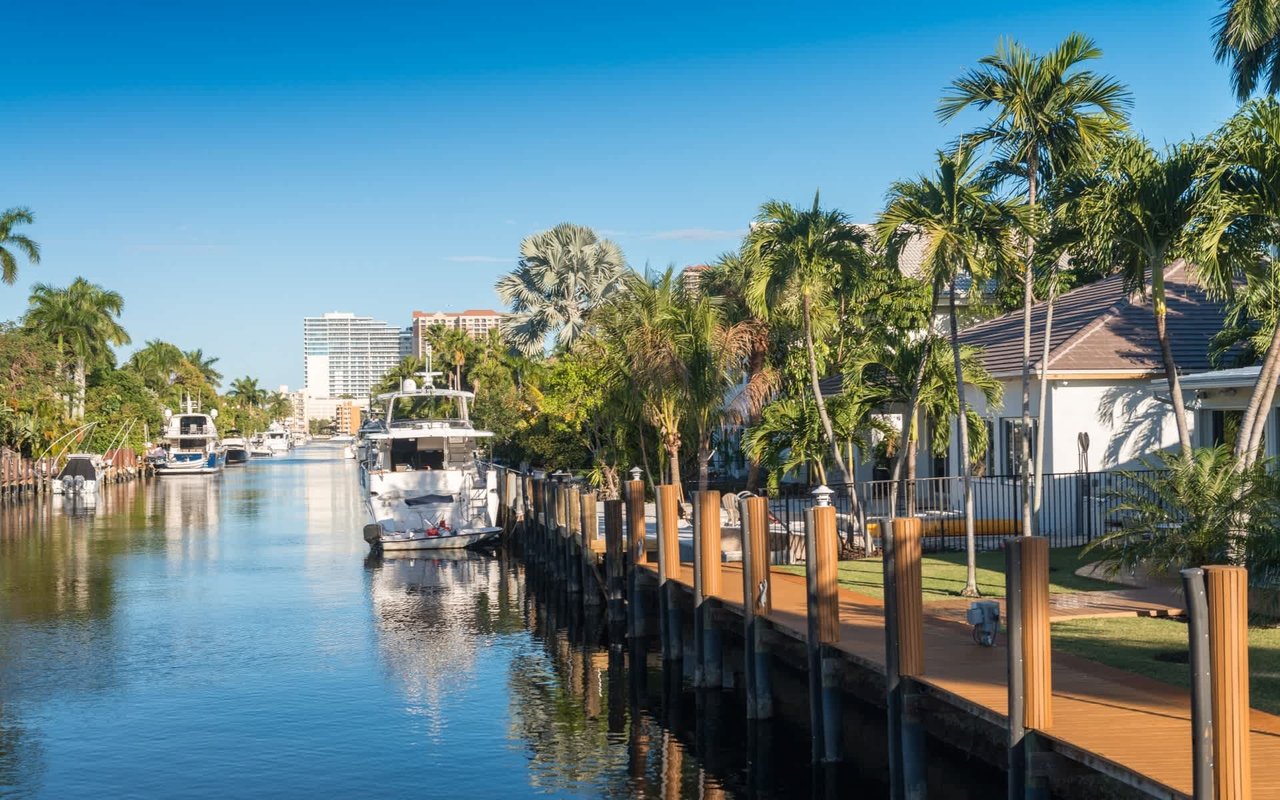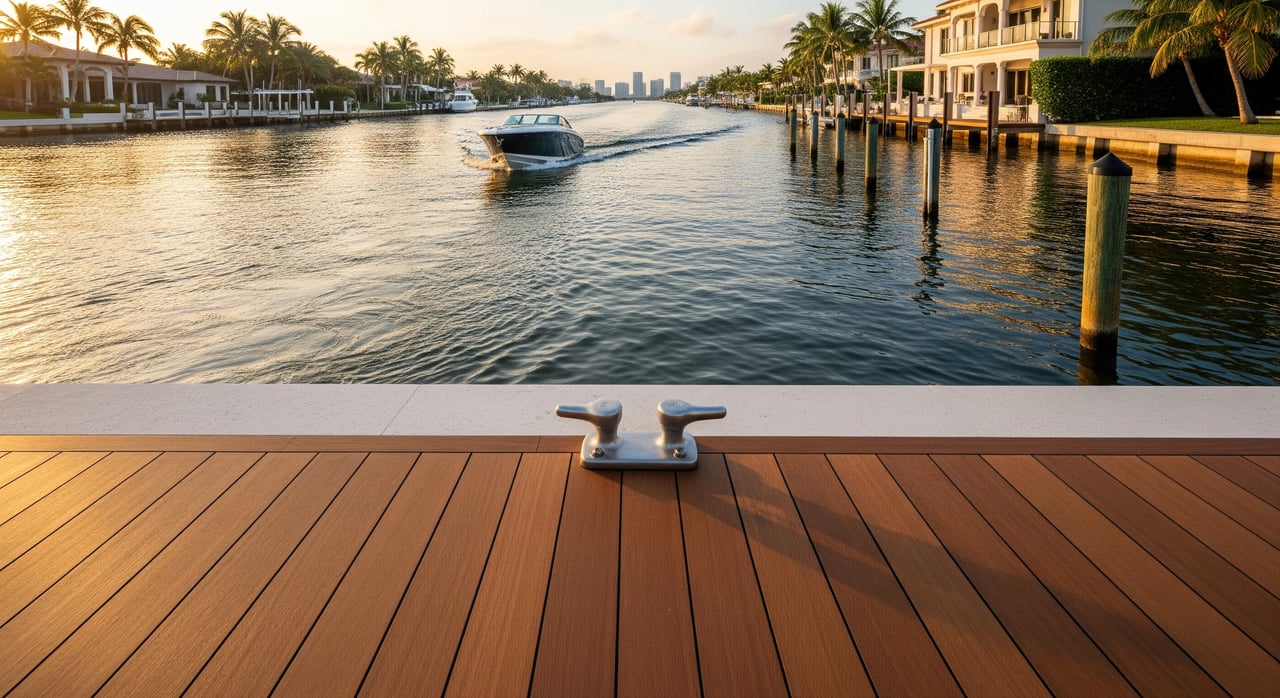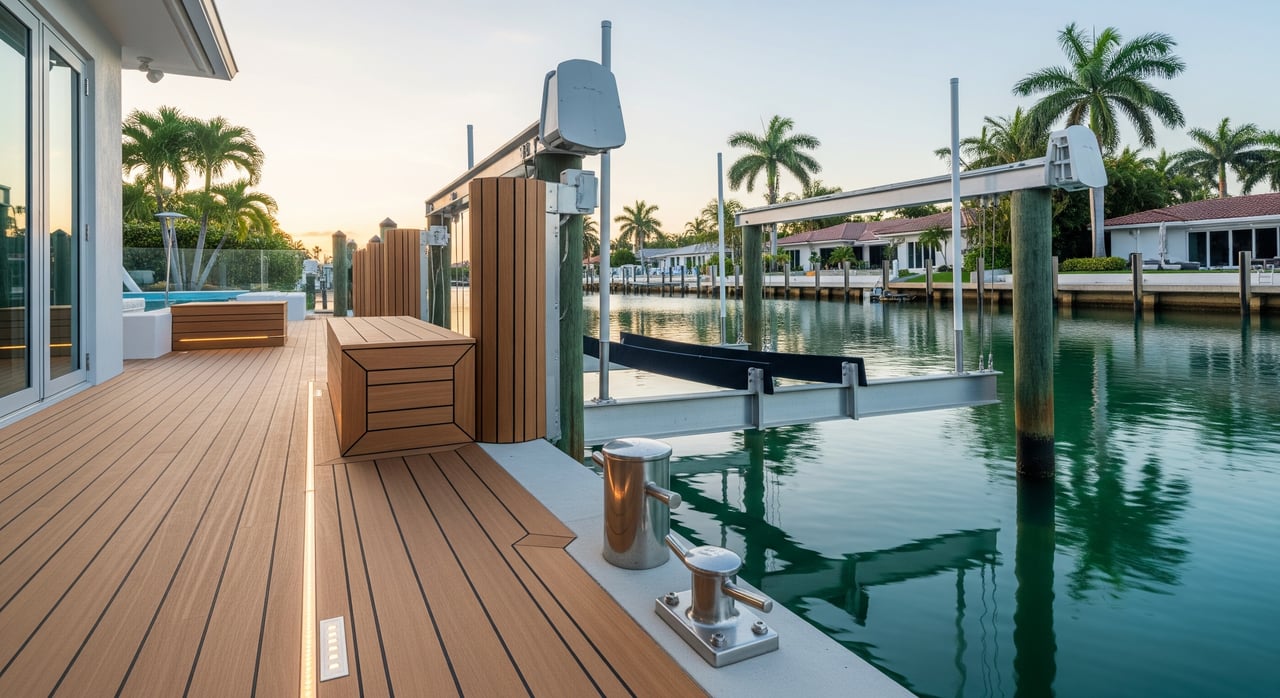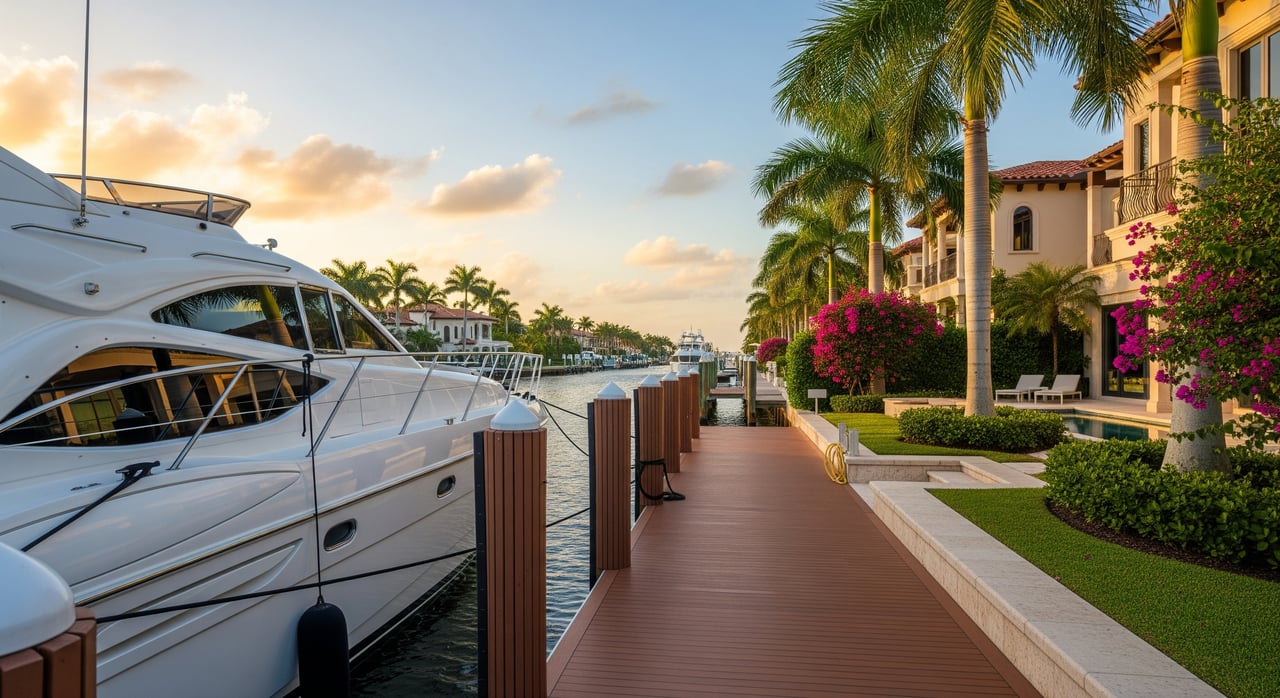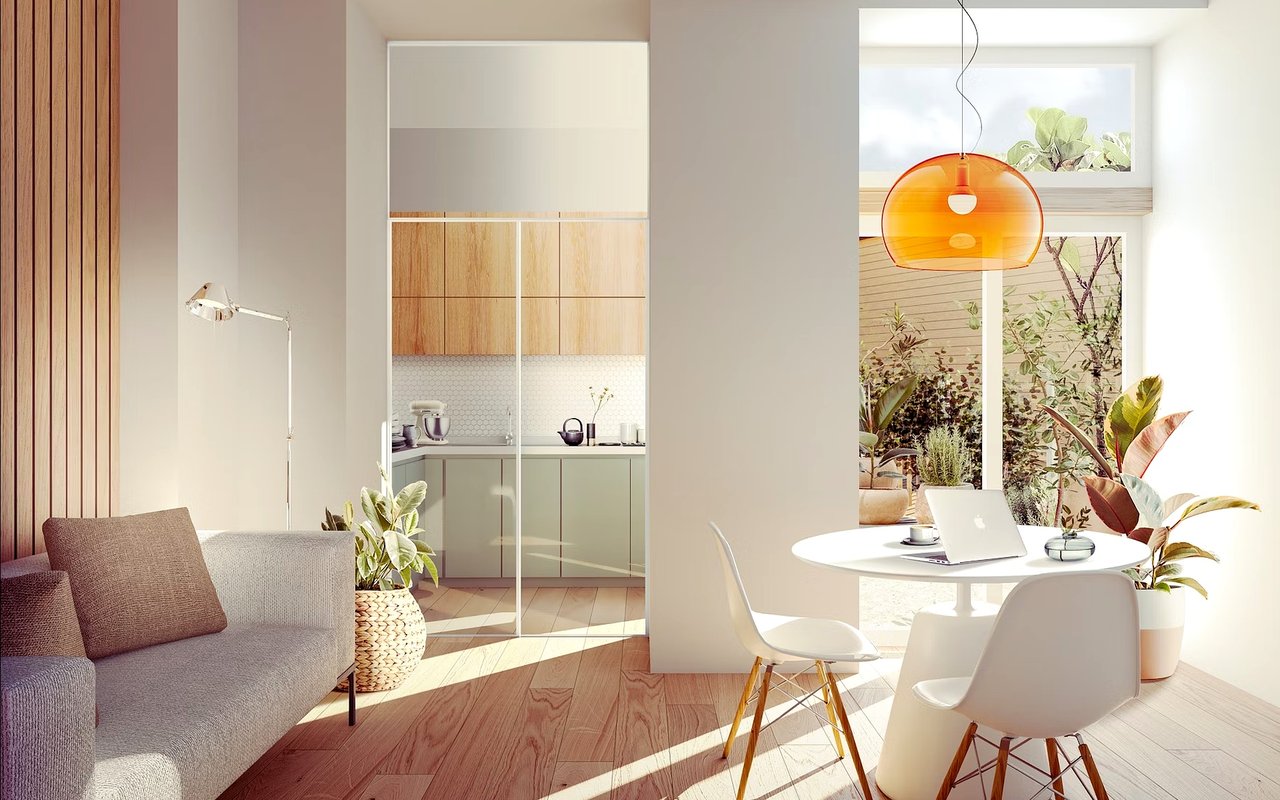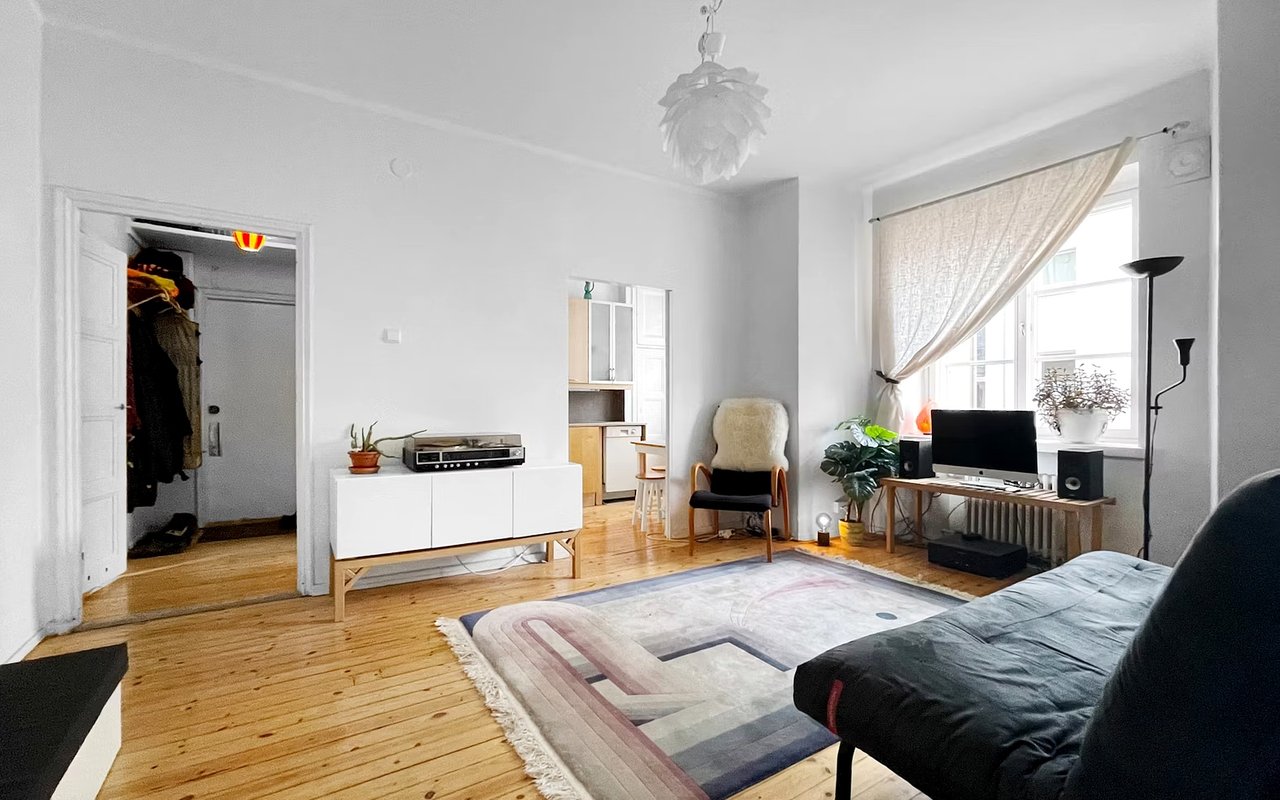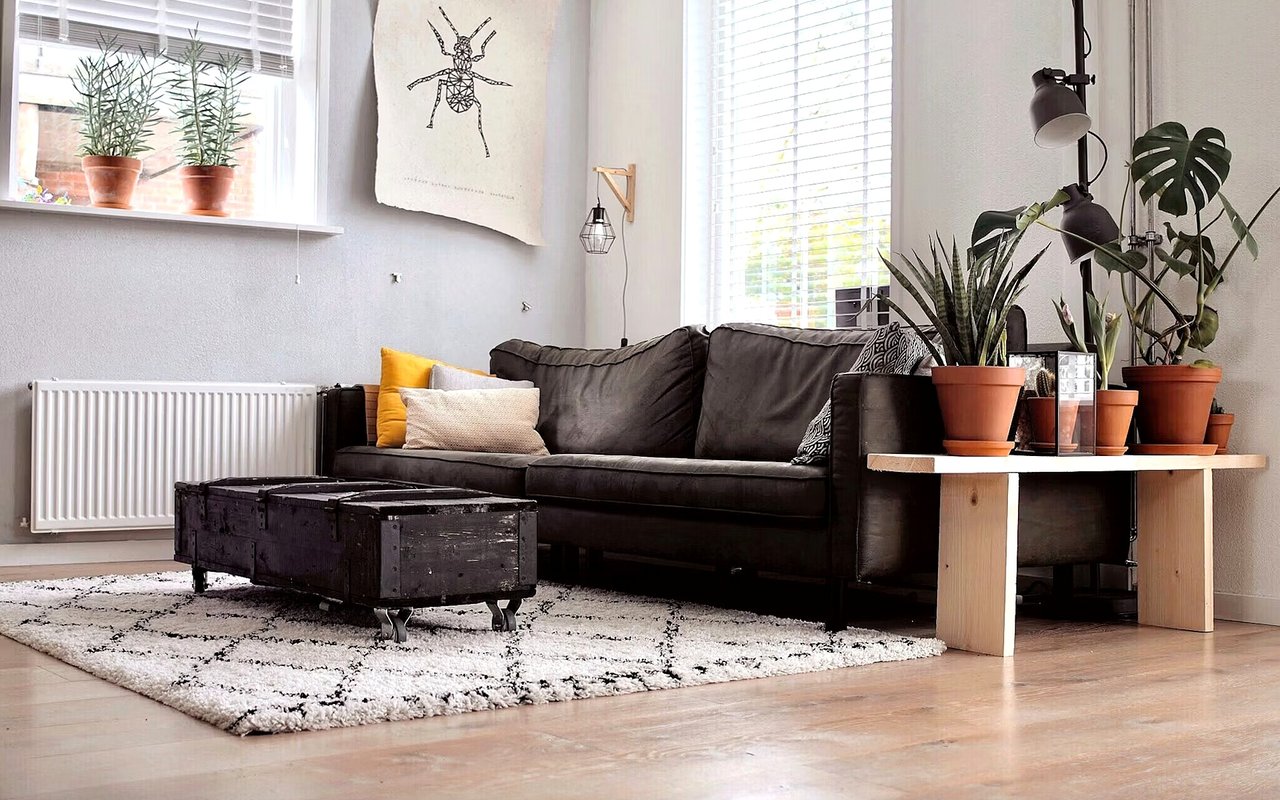Fort Lauderdale, a city known for its beautiful beaches and vibrant culture, is also home to an array of stunning architectural landmarks. From historic estates that echo the city’s past to contemporary marvels that define its future, Fort Lauderdale architecture offers a fascinating mix of styles that reflect the city’s evolution. Whether you are an architecture enthusiast or considering investing in the local real estate market, understanding these landmarks can deepen your appreciation for this dynamic city.
The Bonnet House Museum & Gardens
One of Fort Lauderdale’s most iconic landmarks, the Bonnet House Museum & Gardens, is a perfect example of early 20th-century architecture. Built in 1920, this historic estate is an exquisite blend of art, history, and nature, showcasing elements of Caribbean plantation-style architecture. Designed by Frederic Clay Bartlett, a prominent artist of the era, the house features whimsical decor, lush gardens, and a beautiful array of wildlife, making it a true oasis amidst the city.
The Bonnet House is an architectural gem and a window into Fort Lauderdale's rich cultural heritage. Visitors can explore the property’s art collections, historic furnishings, and serene grounds, which offer a glimpse into the life of the Bartlett family during the 1920s. The museum regularly hosts events and exhibitions, providing a unique way to engage with the city’s history.
Stranahan House
Another key architectural highlight in Fort Lauderdale is the Stranahan House, the city’s oldest surviving structure. Built in 1901 by Frank Stranahan, one of the city's founding fathers, this house originally served as a trading post before becoming the Stranahan family residence. The house is an outstanding example of Florida Frontier architecture, featuring wide verandas, wooden shutters, and lush gardens that reflect the traditional building styles of the period.
The Stranahan House has been meticulously preserved and now operates as a museum, offering guided tours that delve into Fort Lauderdale's early history. It stands as a testament to the city’s pioneer days, blending historical significance with the charm of early 20th-century design.
Las Olas Boulevard
Las Olas Boulevard is more than just a shopping and dining destination—it is a showcase of Fort Lauderdale architecture that blends the old with the new. This iconic street features a range of architectural styles, from the Mediterranean Revival designs of early 20th-century buildings to sleek, modern structures that have been added in recent years. The boulevard is known for its art galleries, boutiques, and fine dining establishments, all set against the backdrop of beautiful, varied architecture.
Walking along Las Olas, one can admire the distinct facades that give the boulevard its unique character. Many buildings feature arched doorways, terracotta roofs, and intricate details that pay homage to classic Mediterranean and Spanish influences, while others stand out with contemporary glass and steel designs. This mix creates a lively urban environment that reflects the dynamic nature of Fort Lauderdale architecture.
The NSU Art Museum Fort Lauderdale
A standout example of contemporary Fort Lauderdale architecture is the NSU Art Museum Fort Lauderdale, designed by renowned architect Edward Larrabee Barnes. This striking building is a masterpiece of modernist design, featuring clean lines, minimalist interiors, and an impressive use of natural light. The museum’s architecture itself is a work of art, providing a serene and thought-provoking space that perfectly complements the extensive collection of contemporary and modern art within its walls.
The NSU Art Museum is a cultural hub and an architectural landmark representing the city’s forward-looking spirit. It hosts a variety of exhibitions, educational programs, and special events that make it a cornerstone of Fort Lauderdale's cultural scene.
The Historic District of Sailboat Bend
Sailboat Bend, Fort Lauderdale’s only residential historic district, offers a unique glimpse into the city's architectural past. This neighborhood features a charming collection of early 20th-century bungalows, frame vernacular homes, and Mission Revival-style houses, many of which have been lovingly restored. Strolling through Sailboat Bend feels like stepping back in time, with its tree-lined streets and vintage homes that embody the spirit of old Florida.
The district’s architecture reflects the diverse influences that have shaped Fort Lauderdale, from simple wooden structures typical of the early 1900s to more ornate homes with decorative detailing and stucco finishes. Sailboat Bend is a testament to the city’s commitment to preserving its architectural heritage while maintaining a vibrant, lived-in community.
Explore Local Real Estate with Maria Montalbano
Discovering Fort Lauderdale's architectural landmarks is just the beginning of experiencing all that this city has to offer. Whether you are captivated by historic estates, modern masterpieces, charming neighborhoods, waterfront properties or intracoastal properties Fort Lauderdale architecture provides a rich tapestry of styles and influences that make the city truly unique.
For those looking to explore
homes for sale in Fort Lauderdale,
Maria Montalbano is ready to guide you through every step of the journey. Contact Maria today to learn more about the distinctive homes,
condos, waterfront, and intracoastal properties available in this beautiful city.
